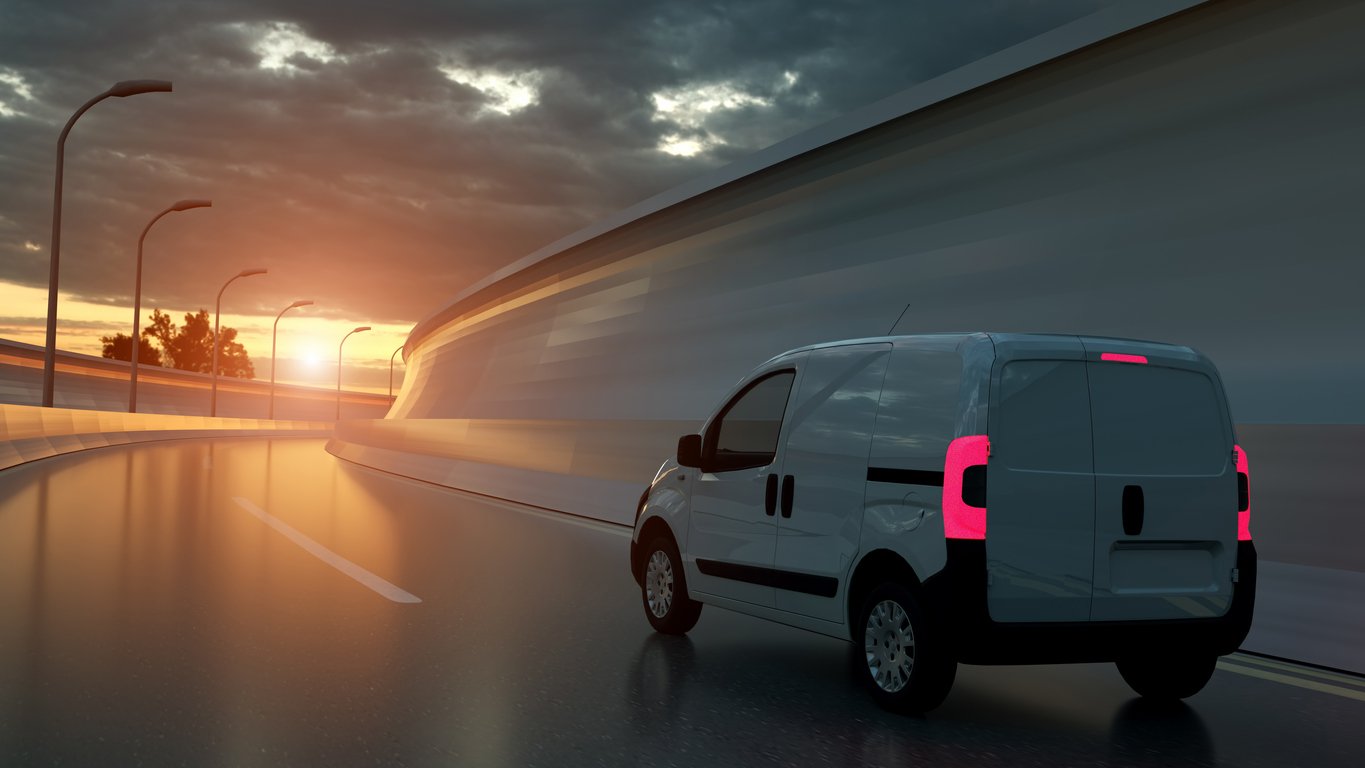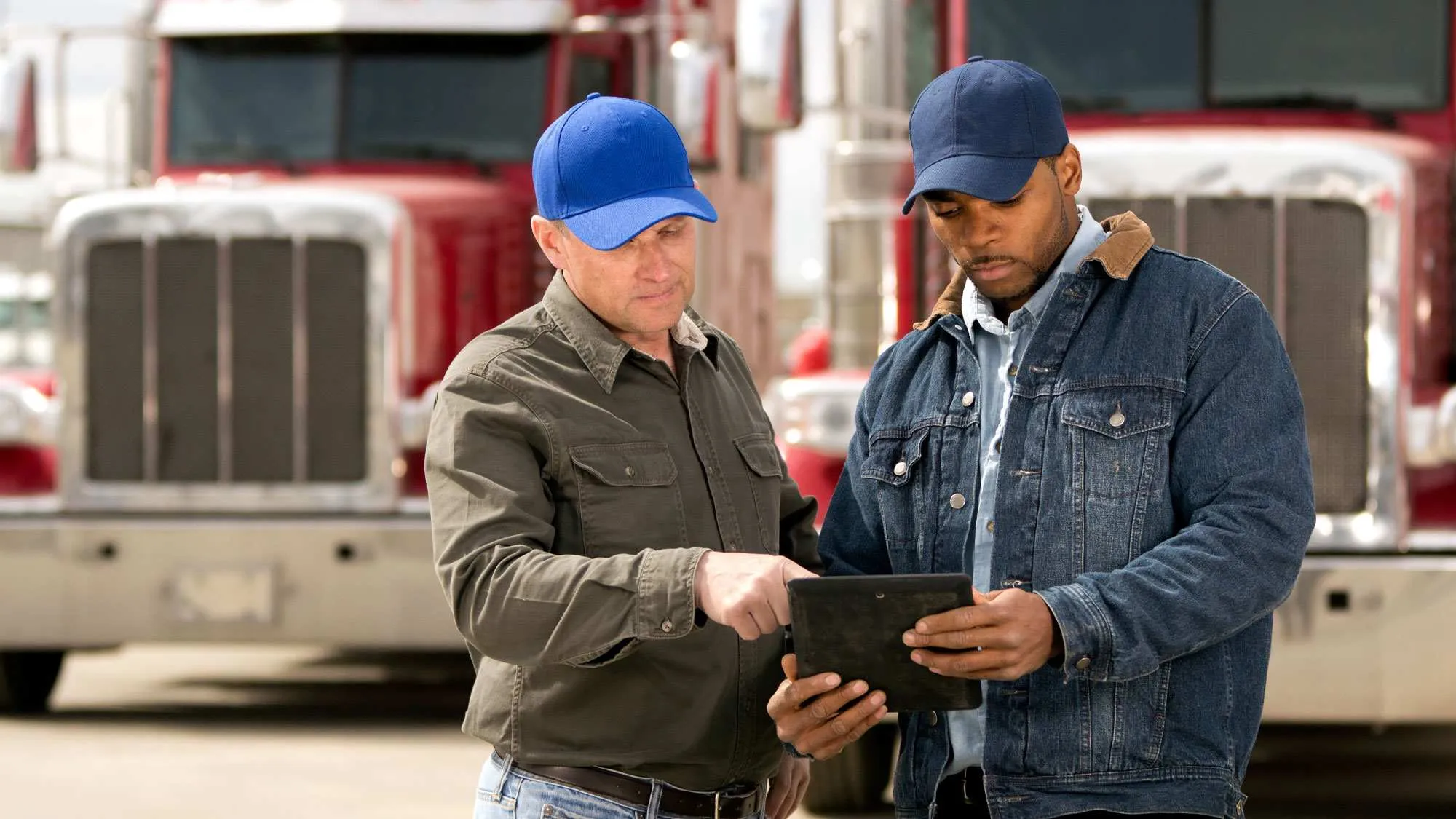
Such a move will help reduce driving time and potentially labor expenses which would benefit the carrier and thus won’t be considered as a personal conveyance For example, bypassing resting locations to choose one closer to the next loading or unloading point or other scheduled motor carrier destination. Making moves to shave miles off the next day’s work under the guise of being off duty.Time spent in returning to pick up another towed unit after delivering a towed unit.Bobtailing for a business purpose, such as going to the next loading location to retrieve a load, doesn’t fall under personal conveyance.
ELD PERSONAL CONVEYANCE DRIVERS
However, if there are other off-duty drivers present in the vehicle, they won’t be considered passengers and it will fall under personal conveyance only if everyone is traveling to a common destination of their own choice
ELD PERSONAL CONVEYANCE TRIAL
Start Free 7 Day Trial Acceptable Off-Duty Driving for Personal Conveyance Whether you want to slash the time it takes you to plan routes for your drivers, increase the number of stops they can make, or keep your customers satisfied knowing that your drivers show up on time… Route4Me helps you achieve that! Want To See For Yourself How Route4Me Can Boost Your Profits?
ELD PERSONAL CONVEYANCE DRIVER
Personal conveyance is the movement of a CMV for personal use, while a driver is off duty, which doesn’t benefit the company or the motor carrier financially. But, let’s first understand what personal conveyance is. Read on to learn in detail all you need to know to log personal conveyance time as off duty. The new guidelines emphasize why a vehicle is being moved and whether or not it is loaded (laden), and shows examples of both appropriate and inappropriate use of a company vehicle for personal conveyance.


Also, it’s difficult to know how you can make yourself compliant.įMCSA updated their guidelines and rules for personal conveyance in 2018. However, it has become hard to understand what rules apply to you when you use a commercial motor vehicle (CMV) for personal use. The Department of Transportation (DOT) also had difficulty enforcing regulations. Earlier you had to track hours manually, often using pen and paper, which made it difficult to report on HOS. These regulations have certainly improved the way in which hours are tracked. Personal conveyance has become a source of confusion for many drivers and field service businesses ever since the implementation of the Hours of Service (HOS) rules and the Electronic Logging Device (ELD) mandates by the Federal Motor Carrier Safety Administration (FMCSA). Are you struggling to figure out which moves you make qualify as personal conveyance?


 0 kommentar(er)
0 kommentar(er)
